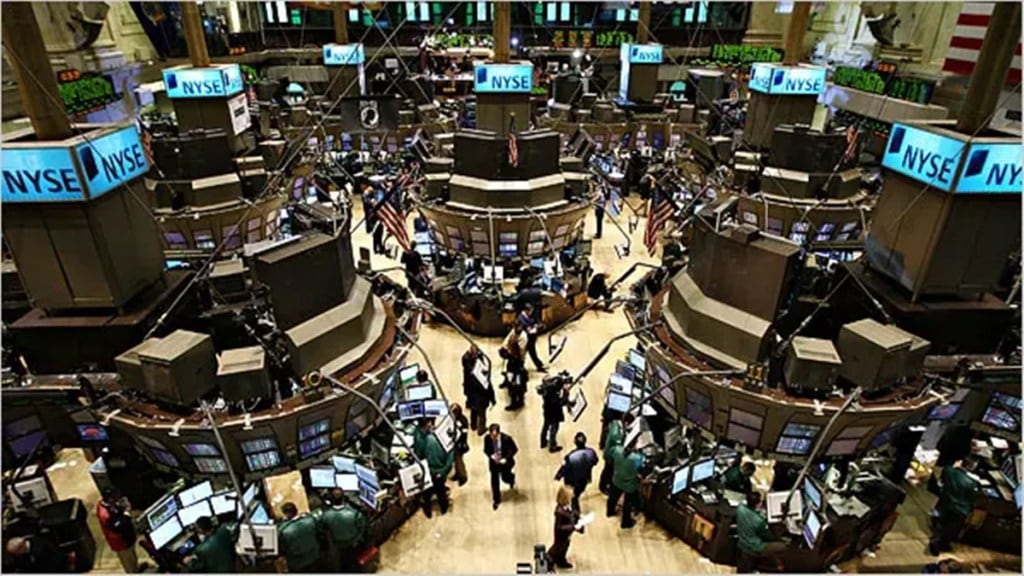US equities rose on Wednesday with the announcement of December’s inflation figures, raising hopes for Federal Reserve interest rate cuts in 2025. The Dow Jones Industrial Average increased by 1.65%, the S&P 500 increased by 1.83%, and the Nasdaq Composite increased by 2.45%, the highest performance since November 6, the day after the United States presidential election.
Essentially, the US stock market reacted positively to the news that core inflation in the US is not accelerating.
Steve Wyett, Chief Investment Strategist at BOK Financial, commented, “Some of the market’s angst on inflation lessened this morning as a lower-than-expected core CPI reading added to a lower-than-expected PPI reading yesterday. At the very least, this is causing some short covering in the bond and stock markets, with prices higher in both. In the near term, trends for lower inflation remain in place; however, longer-term questions persist.”
The all-items inflation index rose by 2.9% for the 12 months ending in December, up slightly from the 2.7% increase in November. Although headline inflation ticked upward, the core inflation index—which excludes volatile food and energy prices—came in below expectations.
Over the last 12 months, the core inflation index rose by 3.2%, marking its slowest pace since August. Michael Brown, Senior Research Strategist at Pepperstone, says, “The core inflation had the slowest pace since last August, a sign of underlying inflationary pressures fading somewhat.”
Dhawal Ghanshyam Dhanani, Fund Manager at SAMCO Mutual Fund, added, “The latest U.S. CPI data, with headline inflation pressured by energy costs and core inflation easing marginally, presents a relatively balanced picture for the Fed.
Mixed inflationary trends are likely to soften further as the incoming government focuses on driving efficiencies in the energy sector.
By prioritizing cost efficiency over renewables and pursuing deregulation, the administration could ease energy-related inflationary pressures, allowing for a more accommodative Fed stance, which would cheer equities in the medium term.”
The Federal Reserve has cut its benchmark interest rate three times since September but has signaled that the pace of future easing is likely to slow.
Jeffrey Roach, Chief Economist at LPL Financial, noted, “The acceleration in December consumer prices will likely force investors to wait until the second quarter for the next rate cut. If households remain on solid financial footing, the economy will continue to grow, keeping inflation pressures elevated.”
The Fed’s Federal Open Market Committee (FOMC) is scheduled to meet on January 28-29 to decide on monetary policy. It is highly likely that the US Fed will maintain status quo and keep rates unchanged on January 29.
“The Fed is likely to slow the pace of rate cuts in 2025 as inflation’s progress remains uncertain,” adds Roach.
Analysts have been suggesting that President-elect Trump’s immigration and tariff policies could contribute to inflationary pressures.
“Higher tariffs could increase the prices consumers pay for manufactured goods, while tighter immigration policies could constrain the labor market and drive up labor costs. The Fed may hold rates steady at its January meeting but could cut again in March if the unemployment rate rises in the next two jobs reports,” says Roach.
With a strong job market, earnings season underway, and President-elect Trump’s inauguration on the horizon, U.S. stocks in 2025 face potential volatility driven by inflationary instability. The market’s performance will also hinge on how the Trump administration addresses immigration and tariff concerns.

